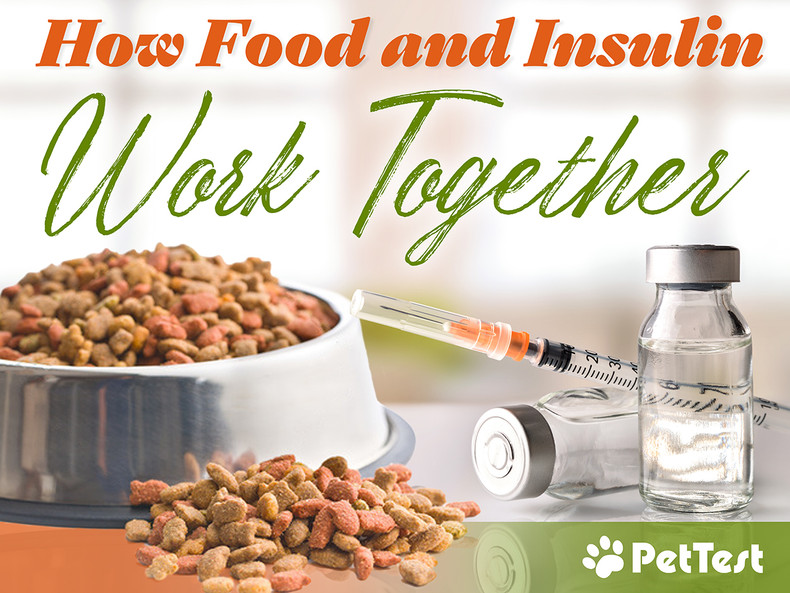How Food and Insulin Work Together
Today we will talk about how insulin and food work together. I think of it as a dance because that’s how my brain works. Some call it a race, but to me that means that they aren’t working together - they are competing. We want our food and insulin to work together like a well-choreographed dance. This is a topic to address down the road if you are newly diagnosed. All you need to care about as a “newbie” is that you are testing and your dog is eating and getting their insulin. This topic is a “fine tuning” mechanism once you get close to your ideal insulin dose.
To find out how your food and insulin are working together, take a look at your last curve (we discussed curves in a previous post) and depending on the numbers and the shape of the curve, you will see if your food is doing the Cha Cha and your insulin is doing a Waltz or if they are doing the Fox Trot together! (Eeeeek, am I showing my age here? LOL)
Depending on what type of food you feed, the digestion rate will play a role in the BG (blood glucose) numbers that you see. If you feed all dry kibble, it takes a while to break down and clear the stomach so digestion is slow. (If you want to do an experiment, put some kibble in water and soak it, you’ll see that it will take quite a while to begin to soften. This affects its digestion rate.) If you feed all canned food, it digests and passes through the stomach fairly quickly and typically requires less insulin to manage as a result. Many feed a combination of the two types of foods and they will most times even each other out. I fed a combination of kibble and canned so depending on how our numbers were, it was easy to adjust the mix and “tweak” his curve.
Depending on your budget and your dog’s preferences, if you feed kibble alone you can soak all of it or a part of it to mimic a dry/wet food combination. I would definitely suggest soaking the kibble in warm water for a while before feeding to soften it if you are seeing high fasting numbers and the rest of the curve is in a good range (150-250). This would indicate that the food is digesting slowly and the insulin is struggling to manage it.
Kibble (dry food) usually takes the most insulin to manage, canned (wet) food requires less because of the faster digestion rate, and a home cooked diet typically takes the least amount of insulin to manage. I am in no way suggesting that everyone start home cooking for their diabetic dog, but if you have the time and energy for it, it’s a great option (we will cover home cooking in a future blog post). If you choose to home cook for your pup, you MUST add a good multivitamin to the mix so that your pup gets all the vitamins and minerals that he or she needs.
In a perfect world, you can use food to smooth out your curve. You want the food to fully digest about the same time that the insulin has fully absorbed. Insulin is administered as a subcutaneous injection so it must be absorbed into the system as opposed to being injected into the bloodstream where the effect is immediate. So ideally as your insulin is absorbing, your food is digesting and completion of both of those processes happen at roughly the same time, resulting in a “flat” curve. Adjusting the mix of your food can often smooth out an erratic curve and is a great tool to do so, much like using your injection site to your benefit which we will cover in an upcoming post.
The nuances of living with and effectively managing Canine Diabetes are not something you learn from a book or sitting in a classroom, they come from living with this disease 24/7 and talking with other people that have been successful in their journey with the disease. What do we all have in common? We all started at the beginning and learn something new about this disease every day. We all know that diabetes is a dynamic disease and “ideally” rarely happens. It’s what we strive for and rarely accomplish, but we try every day nonetheless!
Watch for new blog posts every Tuesday.

